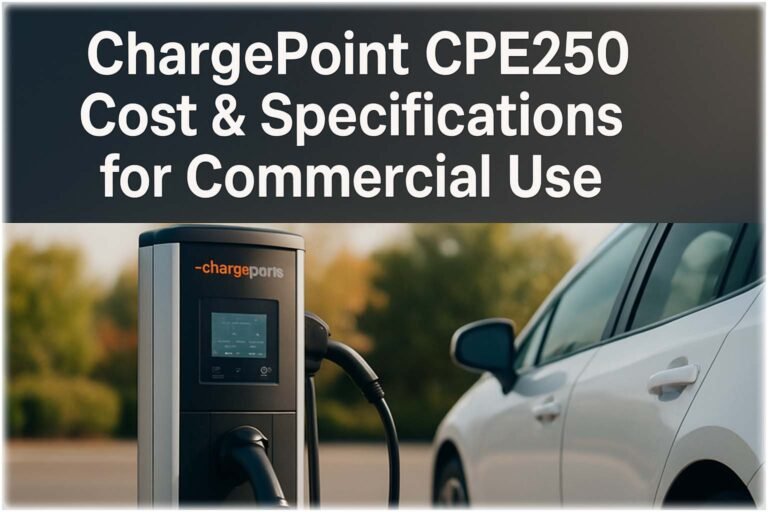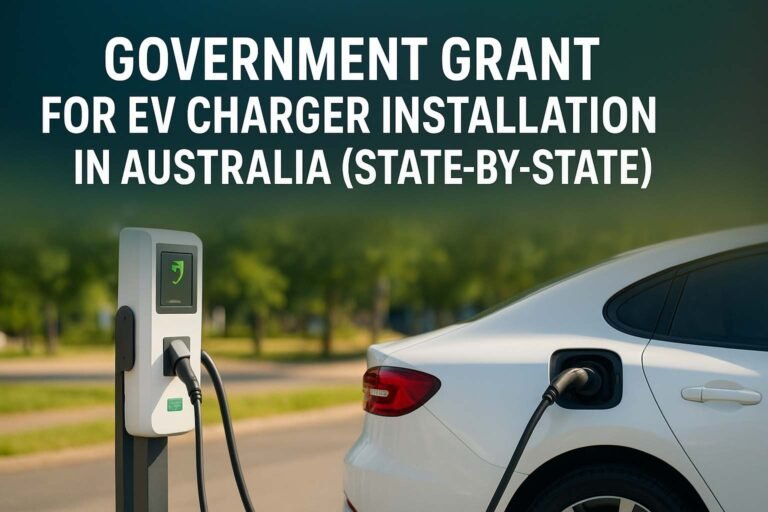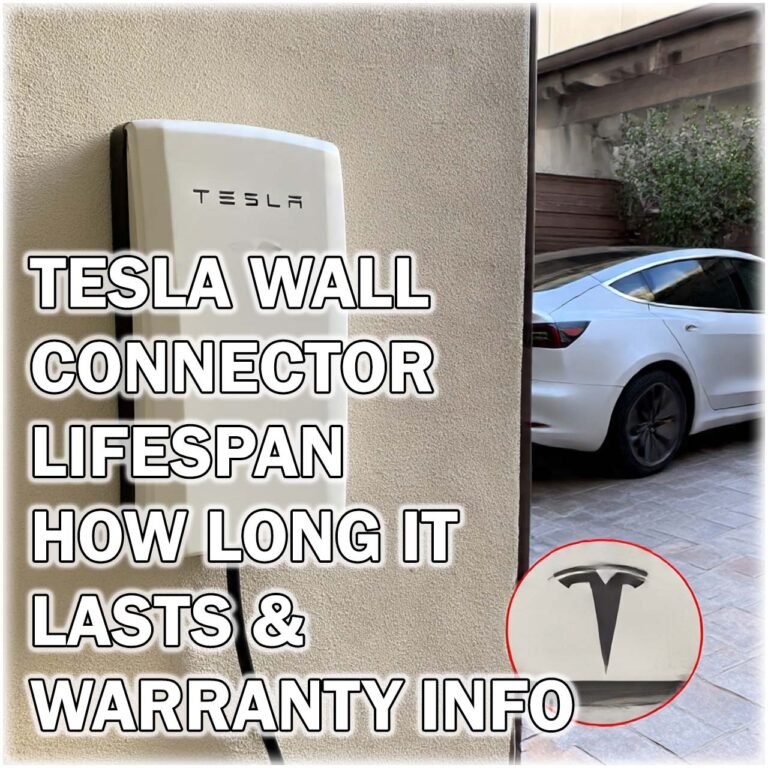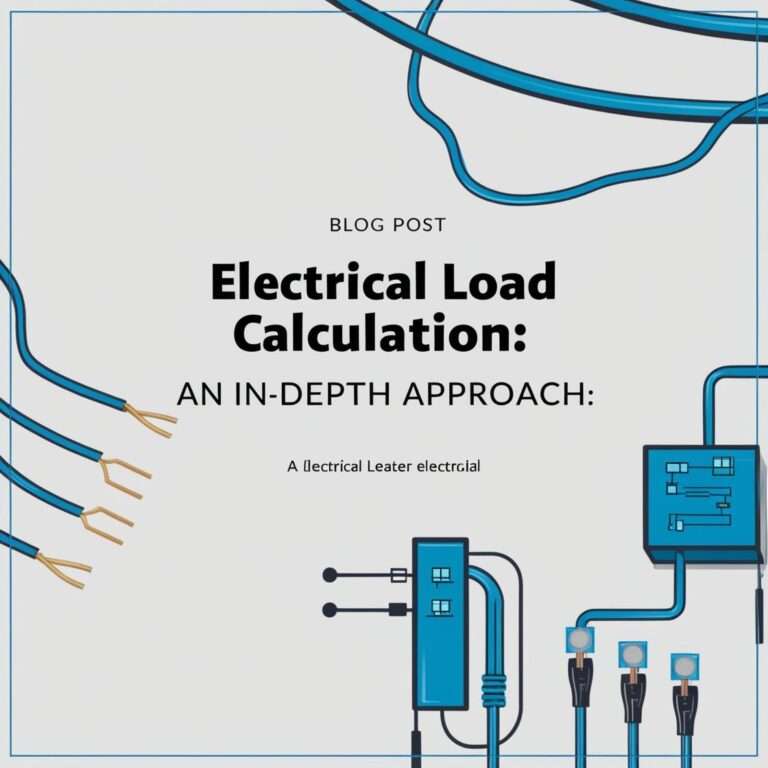Single Phase vs Three Phase EV Charger Load Calculator
Electric vehicle (EV) charging infrastructure is evolving fast. As EV adoption grows, the need for faster and smarter charging solutions is increasing. In Europe, one of the most common debates during installation is whether to use a single phase or a three phase EV charger. Both have distinct electrical load requirements, costs, and compatibility issues.

This article provides a comprehensive comparison of Single Phase vs Three Phase EV Charger systems, explaining their load demands, current draw, and suitability in various scenarios. Whether you’re planning an EV installation at home or a commercial site, understanding the charging system’s electrical demand is critical.
Key Takeaways
- Single phase EV chargers are common in homes; three phase chargers suit commercial and high-power needs.
- Load requirements for 3 phase EV chargers are significantly higher, requiring dedicated infrastructure.
- EV charging current draw in Europe varies by charger type, supply voltage, and onboard vehicle charger.
- Proper load calculation is essential for safe installation and long-term performance.
What Is a Single Phase EV Charger?
A single phase EV charger uses one alternating current (AC) supply phase and a neutral. Most homes in Europe have single phase power. These chargers typically deliver power up to 7.4 kW at 230V. They are well-suited for overnight charging where time isn’t a constraint.
Single phase EV chargers are ideal for users who:
- Have limited grid supply capacity
- Charge vehicles slowly over a longer period
- Use small to medium-sized EVs with standard battery packs
The current draw for a 7.4 kW single phase charger is calculated using the formula:
Current (A) = Power (kW) × 1000 / Voltage (V) = 7400 / 230 = ~32 Amps
This current draw must be considered when sizing cables, protective devices, and determining total household electrical load.
Know more about What Gauge Wire Do I Need? Free Online Calculator for Electricians & Homeowners
What Is a Three Phase EV Charger?
A three phase EV charger uses three AC supply lines, typically available in commercial, industrial, and multi-family residential buildings in Europe. These chargers can deliver power between 11 kW and 22 kW depending on the onboard charger of the EV.
Three phase charging significantly reduces charging time, making it the preferred choice for:
- Public charging stations
- Fleet depots
- Apartments with shared parking
- Users with premium EVs like Tesla, Audi e-tron, or Porsche Taycan
Let’s take an example of a 22 kW three phase charger. At 400V, the current draw is:
Current (A) = Power / (Voltage × √3)= 22000 / (400 × 1.732) ≈ 32 Amps per phase
So, a 22 kW charger draws around 32A on each of the three phases. Properly balanced load management is essential in such setups to prevent grid imbalance or overloading.
Know more about How to Calculate Load for Multiple EV Chargers in Apartment Buildings
Single Phase vs Three Phase EV Charger: Load Comparison Table
| Feature | Single Phase Charger | Three Phase Charger |
|---|---|---|
| Power Supply Type | 230V AC (1P + N) | 400V AC (3P + N) |
| Typical Power Output | 3.7 kW – 7.4 kW | 11 kW – 22 kW |
| Maximum Current Draw | ~16A – 32A | ~16A – 32A per phase |
| Charging Time (50 kWh EV) | 6 – 14 hours | 2 – 4.5 hours |
| Use Case | Residential | Commercial / Industrial |
| Cable Size Required | 6 mm² – 10 mm² | 5-core 6 mm² – 10 mm² |
| Metering/MCB Requirement | Single Pole | Three Pole + RCD Type B |
| Load Balancing Required | Sometimes | Frequently |
| EV Charging Current Draw Europe | Lower | Higher |
Know more about load calculation for ev charger
Why Current Draw Matters in EV Charging
In European countries, the grid supply capacity and EV charger load must be carefully balanced. EV charging current draw Europe standards are defined under local grid rules, and exceeding permitted limits can lead to:
- Tripping of breakers
- Overheating of cables
- Penalty charges from utilities
Single phase chargers usually require minimal upgrades. But three phase chargers may need:
- Panel upgrades
- Load shedding systems
- Smart charging solutions for dynamic load management
In commercial installations, load management systems help distribute current across multiple chargers, especially in apartments or public garages.
Know more about 7kW EV Charger Cost: A Detailed Guide
Impact on Electrical Infrastructure
Cable Sizing
Single phase installations use fewer conductors and smaller cable sizes. But 3 phase EV charger load demands thicker cables and proper installation planning. Cable derating due to ambient temperature, installation method (buried or in conduit), and distance from the panel should be considered.
Protection Devices
For 3 phase chargers, a 3-pole MCB and a Type B RCD are essential. This ensures safety against DC leakage and overcurrent. Single phase chargers generally use single-pole MCBs and Type A RCDs.
Load Calculation Example for an Apartment EV Setup
Let’s consider a European apartment block with three parking slots to be fitted with EV chargers. If single phase 7.4 kW chargers are used:
- Total Load = 3 × 7.4 kW = 22.2 kW
- Current Draw = 22,200 W / 230V = 96.5 Amps
Now, if using 3 phase 11 kW chargers:
- Total Load = 3 × 11 kW = 33 kW
- Current Draw per phase = 11,000 / (400 × 1.732) ≈ 15.9 A per charger
- Total per phase = 3 × 15.9 ≈ 48 Amps per phase
This example shows how using 3 phase can distribute the load better and reduce stress on a single line. This is crucial in EV charging current draw management across Europe.
When Should You Choose Single Phase?
Choose single phase charging if:
- Your EV has a small battery (<50 kWh)
- Overnight charging is enough
- Your grid connection is limited (below 10 kVA)
- You do not plan to install multiple chargers
Know more about Portable EV Charger Level 2
When Should You Choose Three Phase?
Go for three phase charging when:
- You need faster charging (11 kW or 22 kW)
- Your vehicle supports 3 phase AC input
- You manage a fleet or shared EV infrastructure
- Your building has 3 phase connection with enough reserve load
- Dynamic load balancing is available
EV Charger Cable Size Calculator
EV Charging Current Draw in Europe: Regulatory Snapshot
In Europe, utility companies and distribution network operators (DNOs) often require load declarations before EV charger installation. Typical practices include:
- Limiting single phase charging above 7.4 kW
- Mandating load balancing in multi-charger setups
- Requiring permission for chargers above 11 kW
- Recommending smart charging integration with solar or battery systems
How to Calculate EV Charger Load for Your Property
Use this general formula to calculate required current for any charger:
Current = Power × 1000 / Voltage
- For 7.4 kW single phase → 7400 / 230 = ~32A
- For 22 kW three phase → 22000 / (400 × √3) = ~32A per phase
Always check:
- Onboard charger limits (some EVs may not use full 22 kW)
- Grid supply capacity (kVA)
- Installation guidelines from local DNO
Know more about Best Portable EV Charger: A Complete Guide
Final Thoughts: Which One Is Right for You?
The decision between a Single Phase vs Three Phase EV Charger depends on your location, EV type, charging speed needs, and local regulations. If you are a home user with one EV, a 7.4 kW single phase charger is enough. But if you are a business, fleet operator, or EV enthusiast with a high-end car, the 3 phase option is the better fit.
Follow Us on Social:
Subscribe our Newsletter on Electrical Insights to get the latest updates in Electrical Engineering.
#EVCharging, #SinglePhaseCharger, #ThreePhaseCharger, #EVChargerLoad, #EVChargerInstallation, #ElectricVehicleCharging, #EVLoadCalculation, #EVChargingEurope, #HomeEVCharging, #CommercialEVCharging, #EVChargerTypes, #3PhaseChargerLoad, #EVCurrentDraw, #SustainableTransport, #EVInfrastructure





